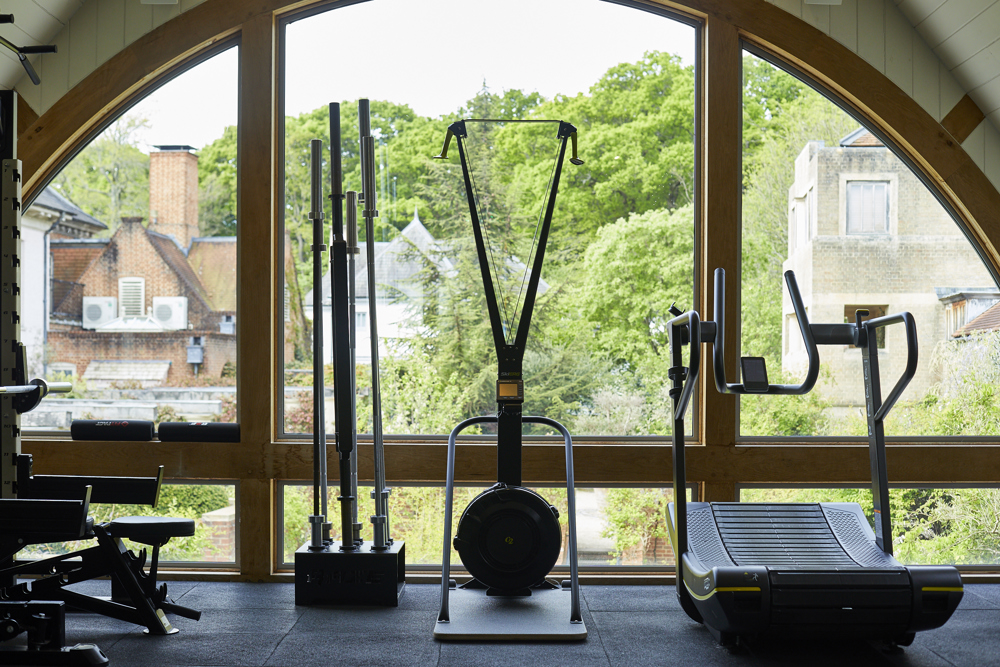So, how is our physical activity linked so closely to our diet?
There is a saying in the fitness world, ‘you can’t out-train a bad diet’ and this perfectly represents how the two are linked together. It is a common mistake that going to the gym regularly or exercising regularly means you have a free ticket to eat and drink without considering the impact on your body. Of course, we all love to treat ourselves and that’s exactly what it’s about – balance! (And knowledge).
The ‘fuel’ you put into your body is exactly that... it’s the fuel your body requires to train hard and to repair the damage effectively post-workout. Remember, a balanced diet is key, there is no magic formula or food type that will do it all. You need to ensure you’re getting all your macros: fat, protein, and carbohydrates. Your lifestyle, training programme and genetic makeup will determine the quantities of each.

Food & Weight
The key to long-term weight management and good health is stabilising your blood sugar. It is recommended that we eat three main meals and one small protein-rich snack which tends to stop you from feeling “hungry”, so you are less likely to make bad choices while keeping your metabolism high.
If you are serious about shedding any weight you feel is unnecessary for you, I would recommend keeping a food diary for around 4 weeks. This will give you total clarity on exactly what, when and why you are eating and allow you to make considered conscious choices that help you to achieve your goal. As you grow in confidence and motivation as the lbs/Kgs start to come off and your new shape reveals itself you will find it easier to make healthy choices.

Eating at the ‘right times’
Though many of us tend to feel like what we eat has a greater impact than when we eat, it’s important to remember that our bodies digest food differently at various times of the day. Many of these daily fluctuations are related to circadian rhythm, the cycle that moderates our sleep-wake patterns over 24 hours. In other words, it’s the body’s internal clock, and it reacts primarily to changes in light.
We usually think of circadian rhythms as affecting how tired or awake we feel, but they also influence other physical, mental, and behavioural processes in the body, including eating and digestion. Thus, our eating habits and circadian rhythms constantly interact, though some scientists remain unsure as to exactly how much. Still, researchers have found associations between circadian rhythm, mealtimes, weight status, and even insulin resistance, a hallmark of metabolic conditions like obesity and diabetes.
Keeping a consistent meal schedule from day to day is linked to weight loss, an increase in energy, and a reduction in metabolic risk factors for chronic disease.
Still, eating at the same time every day may not always be doable, so it’s best not to take a one-size-fits-all approach to mealtimes.
What’s more, individual genetics affect much of how our bodies regulate circadian rhythms that interact with mealtimes. Meaning there’s no single best mealtime schedule for everyone, and it may take some trial and error to discover the best mealtimes for you.
Though the best mealtimes will ultimately vary from person to person, there are some general suggestions for timing meals.
Keep these three rules of thumb in mind when planning your mealtimes:
- Eat earlier when possible. Many studies have linked earlier mealtimes to better health outcomes, compared with eating late at night.
- Limit your daily window of eating. Keeping your entire caloric intake for the day within a 12-hour time frame reduces the risk that digestion will interfere with your body’s circadian rhythm.
- Consider your circadian rhythm. Your body may not digest and process your meals as efficiently while it’s also releasing melatonin — specifically late in the evening or during the very early morning hours.
Feeling inspired? We have an upcoming fitness and foodie retreat, designed to immerse yourself into the great outdoors whilst taking time to reflect on your physical and mental health with our expert team of trainers. Find out more here.






